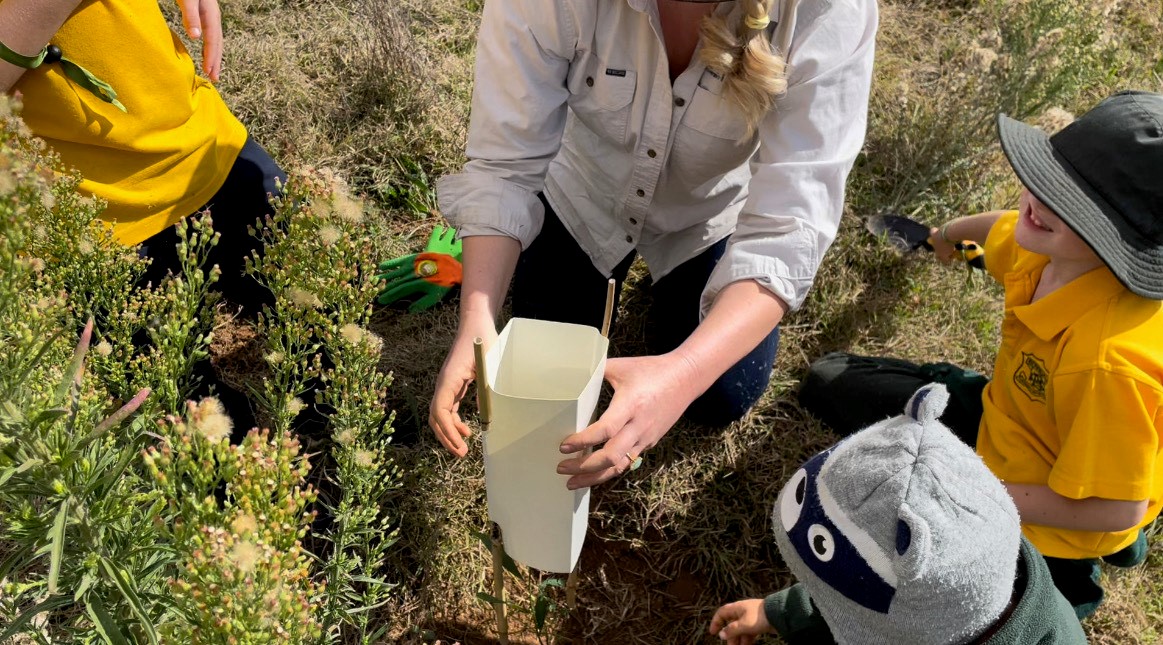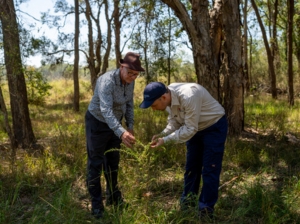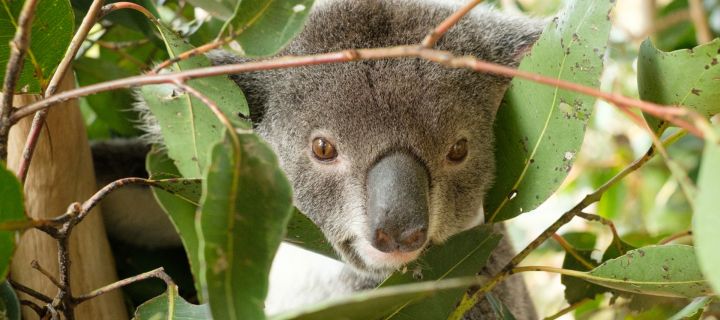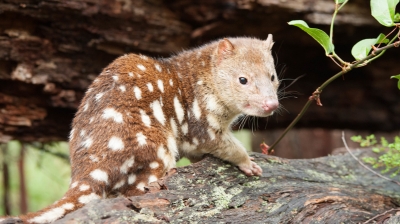Become a partner
Our current partners
Conservation partners
We have a number of existing on-ground, biodiversity conservation partners, including:
- Landcare NSW
- CEN (Land for Wildlife)
- HSI (Wildlife Land Trust)
- WWF (North Coast Koalas)
- Firesticks Alliance
- Petaurus Education Group
- Australian Museum
- Local Land Services
The BCT supports private land conservation nationally through our active membership with the Australian Land Conservation Alliance (ALCA).
Landholders
Last but not least, our work would not be possible without the thousands of hardworking landholder partners who we support every day.
Our landholders range from individual owners to not-for-profit organisations such as Bush Heritage Australia, and corporate agricultural companies such as Paraway Pastoral Co.





